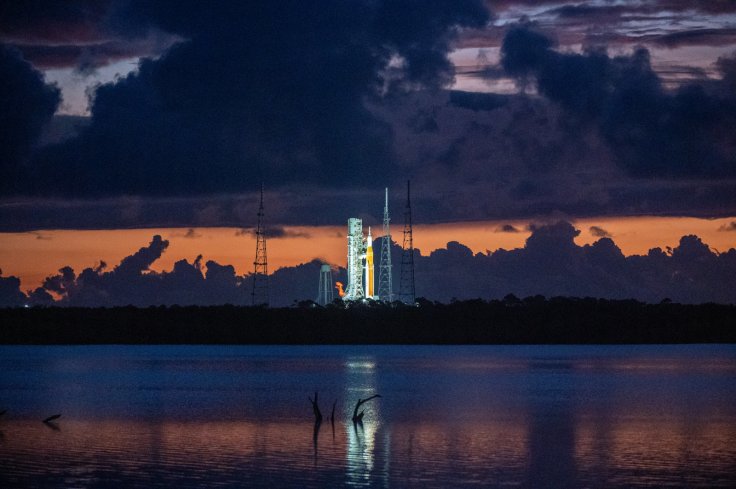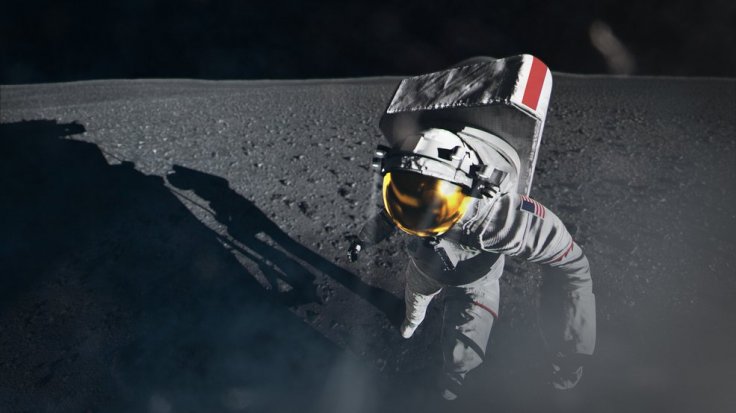NASA's uncrewed Artemis 1 moon continues to target September 27 for the historic launch from Kennedy Space Centre despite the storm brewing in the Caribbean. Tropical storm Ian, currently located south of the Dominica Republic, is likely to intensify into a hurricane. It could move north to Florida which is home to the Kennedy Space Centre (KSC).
Experts said a maelstrom called Tropical Depression 9 is gathering strength in the Caribbean and may end up churning toward the KSC. Mike Bolger, Exploration Ground Systems program manager at KSC, said their Plan A is to stay the course and get the launch off on September 27. He outlined that if it goes down to Plan B, they would need a couple of days to pivot from the current tanking test or launch configuration to execute rollback and get back into the protection of the Vehicle Assembly Building (VAB).
The mission team is closely watching the weather and will re-access its plans this evening after the latest weather models are out. Bolger said the decision about remaining on the pad or rolling back is likely to come no later than sometime tomorrow morning or very early afternoon.

Two Failed Launch Attempts
Technical problems derailed two launch attempts several weeks ago. NASA engineers, earlier this month, failed to stem a fuel leak discovered during tanking. They couldn't plug the leak of liquid hydrogen as it was being pumped into the core stage of the Space Launch System (SLS) rocket. Bill Nelson, head of NASA, said the severity of the problem deep inside one of the rocket engines made the launch impossible.
In the August launch attempt, issues emerged during the countdown. A temperature problem was identified with one of the four liquid-fueled engines discovered with under two hours to go in the countdown. NASA's Artemis mission manager Mike Sarafin noted that the engine temperature problem was a known risk as the space agency had not fully completed a fueling test known as wet dress rehearsal after four attempts this year.
Senior NASA officials explained that this is part of the space business. "We'll go when it's ready. We don't go until then, and especially on a test flight because we are going to stress this and test it, and test that heat shield and make sure it's right before we put four humans up on the top."
Much Anticipated Moon Mission
After the 1969 Apollo 11 had Neil Armstrong and Edwin Aldrin walking on the lunar surface for the first time – one big step for man kind, the Artemis 1 mission is NASA's first big step toward returning astronauts to the lunar surface. It will be the first test flight of the US space agency's new SLS megarocket and the Orion crew capsule on a 42-day mission, during which it will orbit the moon before returning to Earth.

NASA officials said Artemis 1 team has secured a required waiver from the US Space Force to extend the certification period of the mission's flight termination system (FTS). The FTS is designed to destroy the SLS if it veers off course during launch. It should be noted that this is the second FTS waiver that Artemis 1 has received. If the Space Force had declined to issue it, Artemis 1 would have had to roll off Launch Pad 39B back to KSC's VAB – the only place where the FTS can be rectified.
If the September 27 launch is missed, October 2 is another date.









